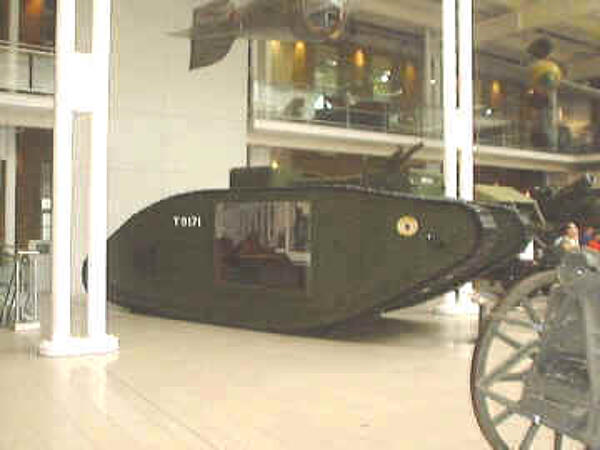The Battle of Cambrai
Fought in November and December 1917, the Battle of Cambrai was the first battle where tanks were were used effectively and it proved to be a turning point in World War One.
Cambrai saw the first use of tanks en masse, along side heavy artillery and air power. While mobility had been lacking for the previous three years, it suddenly featured heavily on the battlefield and lasted for the duration of the battle.
Plans for the battle at Cambrai were formulated while the Battle of Passendaele was still taking place. Cambrai was a strategically important town that contained a railhead and was located close to the strong Hindenburg Line, which was an important defensive position for the Germans.
Douglas Haig approved an idea for Allied troops to take on the Germans by encircling Cambrai using a combination of cavalry, air power, artillery and tanks, as well as infantry support. The plan included an attack on the Hindenburg Line and also used the cavalry to cut off Cambrai from other German support.
While the plan was considered by Haig to be inspired, others were less than convinced about the use of tanks as they were yet to prove their worth in the eyes of many senior officers.

Despite this, this plan went ahead and at 06:20 on 20th November 1917 the Allies surprised the Germans with an intense artillery attack on the Hindenburg line. Once the initial artillery fire had ended, 350 British tanks advanced across the ground with the support of the infantry and a rolling artillery barrage.
Initially, the attack was a success and the 62nd Division managed to cover more than five miles. However, not all parts of the plan were executed so efficiently and the 2nd Cavalry Division soon found they had a problem crossing the St. Quentin Canal after the bridge was broken by a tank. Unfortunately, this prevented some of the cavalry from advancing as planned.
By 30th November, the Germans were ready to counter-attack and defend Cambrai, which was aided by the fact that many British units had got themselves isolated in the confusion. The resulting counter-attack was so effective that on 3rd December, Douglas Haig gave an order for British units to withdraw as fast as possible from the Bourlon Hill-Macoing salient “to a more retired and shorter line”.
Many of the middle-ranking officers were ultimately blamed for the failure of the army to build on its initial success, and some were even sacked as a result. However, the initial phase of the battle had successfully demonstrated that mobility was possible and simply needed a good command structure to ensure it could be maintained.
The losses during the battle where no where near those at the Somme or Verdun, but the British still lost more than 44,000 men and the Germans lost 45,000.
MLA Citation/Reference
"The Battle of Cambrai". HistoryLearning.com. 2025. Web.
